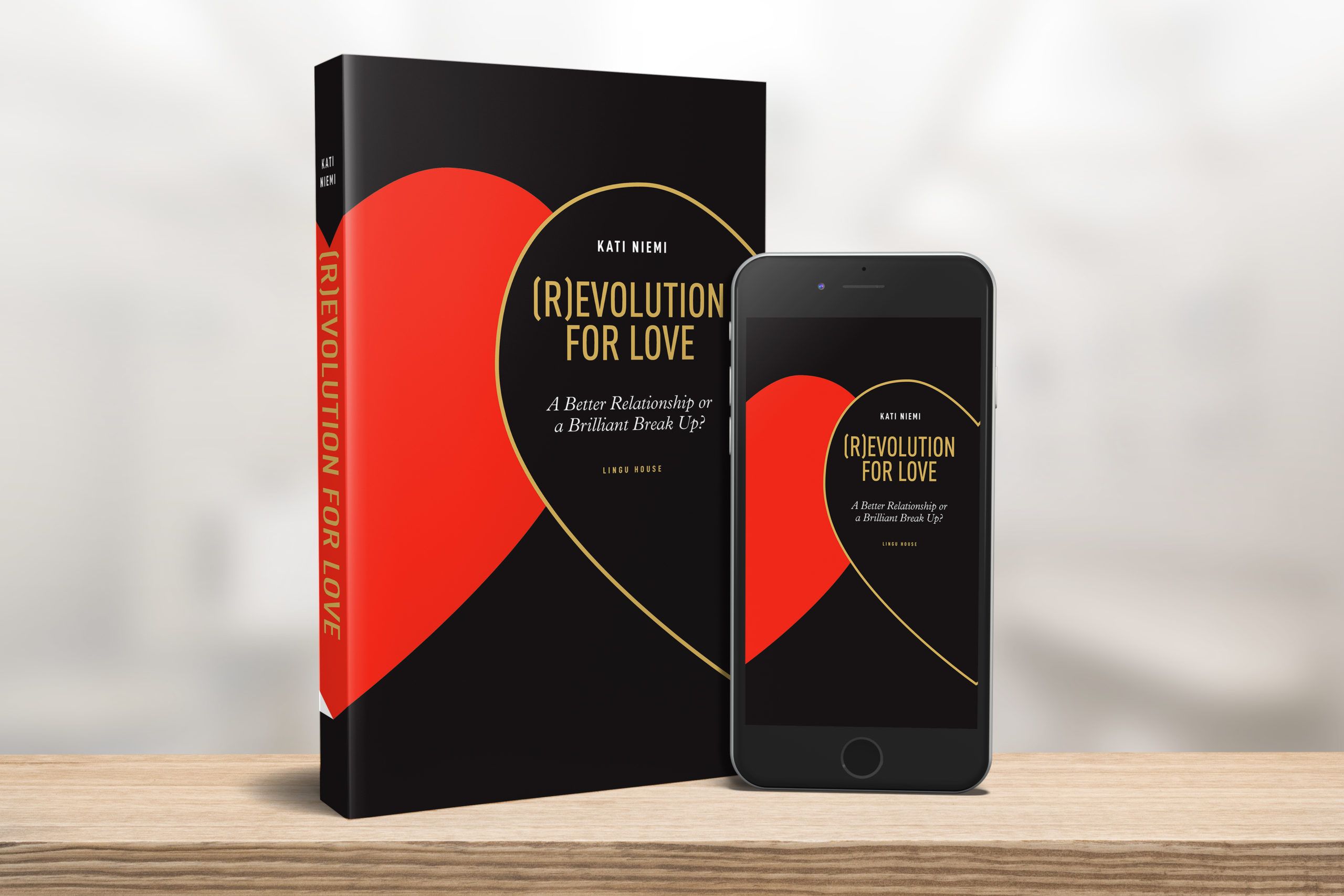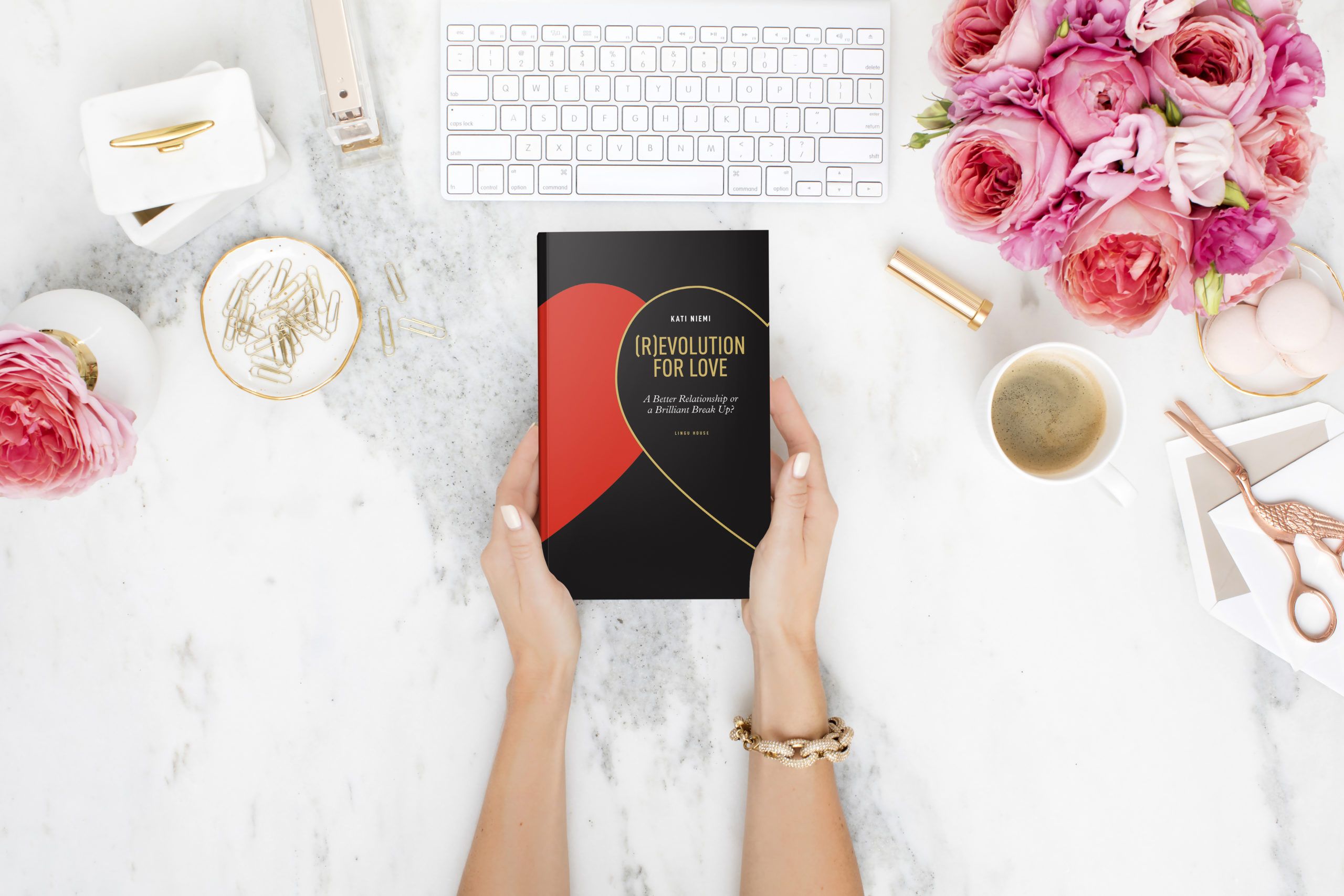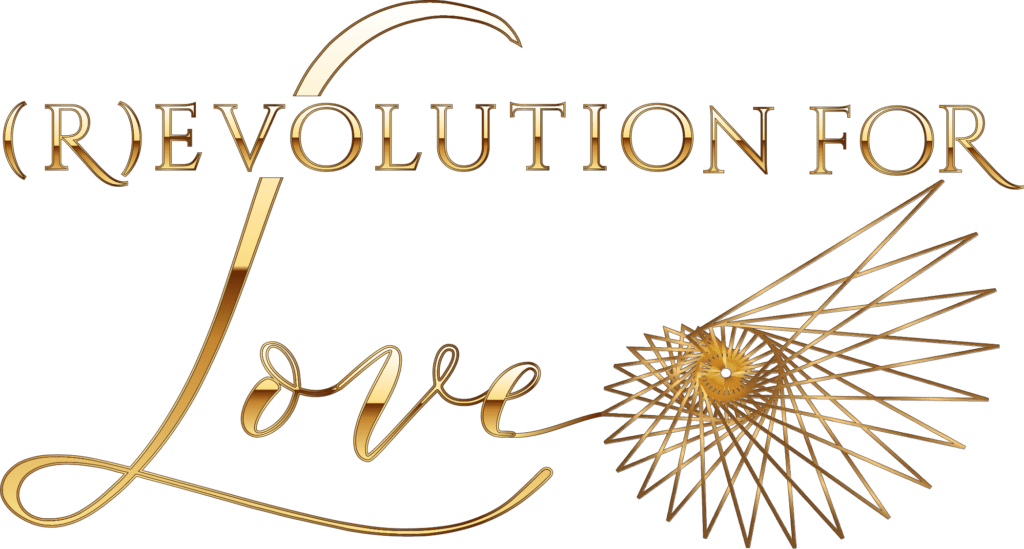Would you say you have achieved all your life goals? If yes, you are clearly a person who knows how to set your goals and make the right choices every day. It also shows that your subconscious and unconscious mind are working in tandem with your conscious mind. They are taking you in the right direction. If, however, you are not sure about your goals or how to achieve them, this article is likely to give you strong clues as to what is going on. You will be able to see why your conscious mind and willpower go only so far and will not give you the results you want. No matter what your conscious mind is telling you.
As a clinical hypnotherapist and NLP Trainer, I have studied the power of the mind in depth. I have become convinced that the conscious mind is not enough to serve our goals. If you really want to make a tough decision or reach an ambitious goal, your conscious mind and willpower alone will not take you there. Happily, the conscious mind represents only a fraction of the entire potential of the mind. You can learn how to harness the full capacity of your mind. That skill will support you through your path in life.
Despite its limitations, we depend on the conscious mind in many respects, and so we should.
Rational thinking is necessary and willpower is a useful fuel. This is the case particularly when we need to do something we don’t really want to. However, I hope there are not too many things in your life that you have to do although you don’t want to. And if there is, all the more reason to delve into your mind deeper than the conscious surface.

Why does our conscious mind question the power of the unconscious mind?
Is the power of the unconscious mind fake news and is trying to harness it to achieve our full potential a waste of time? What do we mean by the unconscious mind?
Consciousness is obviously part of our make-up. Unfortunately – and fortunately – its capacity falls short when striving towards the most important goals in life. Such goals include building happy relationships and making the difficult decision to break up. Willpower alone will not make your conscious mind stronger.
Perhaps you have told yourself over and over again: “I’m going to give this relationship one more go and if it doesn’t work, I’m leaving”. And yet, there you are, still mulling over the final decision, to break up or not to break up.
Or maybe you have promised yourself multiple times that you will never again cheat on your partner. And yet you find yourself again in a stranger’s arms. Some people cheat of their partners for decades. Sometimes they get caught, but more often than not they don’t. They tell themselves – speaking with the voice of their conscious mind – that is was all a terrible mistake. And they sweat to themselves, “never again”.
They don’t do it deliberately, they do it without realising what they are doing. They have not yet understood why they can’t keep that rational promise.
Your conscious mind does not let you let go of a problem if the more powerful part of your mind is in conflict with the goals of your conscious mind.
But what is that more powerful part of our mind?
The two levels on how our brain processes information – or are there more than two?
Our mind operates partly on the conscious level. It also operates partly on the subconscious and partly on the completely unconscious level. All these levels are there for a good reason and we need them all.
When making decisions and working towards our goals, the conscious mind has little to give.
You may be familiar with the concepts of conscious and unconscious mind. But perhaps you are not fully conscious of the true significance of these different levels. The way the conscious and unconscious mind processes information is different. Sometimes we also refer to the subconscious. We also talk about intuition. These terms have become interchangeable in everyday speech, so let’s take a closer look at these concepts.

How to improve your wellbeing through self-development?
Science has revealed: some adults are not mentally sufficiently developed. How to improve your wellbeing through self-development?
It is important that you know exactly what I’m referring to as I talk about the drivers of decision making and how that knowledge will help you reach your goals. I don’t want you to waste any more of your precious time than you have to on being stuck in the rut and obsessing about the same old scenarios in your head.
Levels of the mind
There are several terms used to describe the different levels of the mind and they are all interrelated. Some scholars refer to the different types of information processing in the brain simply with numbers: Type 1 and type 2. More of this later.
The study of information processing in the brain is old. However, any tangible results in the field have been produced only in the past few decades (and more so in the past few years!). The brain is nothing short of a wonder! We are far from cracking the mystery that is our brain. Therefore, we shouldn’t rule out any theory at this stage. And like in life itself, when looking at the workings of our brain, it is clear that “everything is connected”. Even the most accurate and sensitive instruments used in measuring brain activity (and these exist for a wide range of different uses), we have not been able to form an exhaustive model of how the brain processes information. However, we do know a thing or two.
All our actions are based on a decision – and decisions are not typically made in the conscious mind.
Sociologist and Nobel laureate Daniel Kahneman and Amos Tversky have dedicated their careers to studying cognitive thinking and decision-making. In his best-selling and highly influential work, Thinking Gast and Slow, Kahneman identified two ways our brain processes information and named them type 1 and type 2. Simple!
In his book and extensive body of research, Kahneman has stressed that his is only one possible way of illustrating the different ways our brain processes information. Moreover, the division between the two is not clear-cut and absolute. Nor do the numbers indicate that one would be better than the other.
As human beings, we never purely represent either type 1 or type 2
We use both type 1 and type 2 thinking continuously in our day-to-day lives. At best, both types are used flexibly and in tandem, because both types have their strengths and weaknesses.
In psychology, concepts more traditional than Kahneman and Twersky’s fairly recent type 1 and 2 are used: the conscious and unconscious mind. And the subconscious. In other words, psychologists are still referring to terminology coined by Sigmund Freud: The conscious, the unconscious and the subconscious. They are not precisely commensurate to Kahneman and Tversky’s type 1 and 2. The latter are more like descriptions of the information retrieval methods from the big data stored in the conscious and unconscious minds (and the subconscious in between the two).

Online Coaching
Happy to help you! Welcome to book your online coaching session with the certified Coach, NLP Trainer, and Clinical Hypnotherapist Kati Niemi! Please select your
All these areas are naturally interconnected. Until we are able to measure and categorise every single neuron and synapsis, it is not even possible to clearly classify data processing according to any one type. Therefore, I’ll be grouping Kahneman and Tversky’s type 1 and 2 under the more widely known terms of the conscious and the unconscious mind.
I will also be talking about the subconscious, which is part of the conscious mind – literally a “subsection” of consciousness.
Most brain and information processing researchers want to launch their own theory and model to describe this highly complex process in the brain. To keep things simple and clear, I will settle for referring to most commonly known and used categories within psychology.
What is the conscious mind?
The conscious mind is sometimes confused with conscious awareness, which are two different things albeit strongly interlinked. Despite their theoretical distinctiveness, it is hard to tell them apart in practice.
Conscious awareness is what we are aware of at a given moment. For example, if you direct your attention to this Word and especially to the capital W, you are consciously aware of it. At the same time as you are aware of the shape of the W, you probably were not thinking what your bottom felt like sitting on that chair. And in reality, what your bum feels like sitting on that chair is more important to you than the shape of the W.

Narcissism in a Relationship: “How to Know if My Partner Is a Narcissist?”
What are the signs and causes of narcissism? Can you make a relationship with a narcissist work? Can you heal a narcissistic partner?
And now that you directed your attention to your bum, you became aware of the the seat. Is it a sofa, chair or bed and how does it feel against the skin and muscles?
You became very quickly aware of something that was there all along as soon as you directed your attention to the words I wrote to you. And the serrated shape of the W. Sometimes we make decisions “off the cuff”, which is the common parlance for intuition.
Our conscious mind can focus on completely trivial matters that have no relevance to our goals.
Conscious awareness refers to the thought, memory, emotional and motivational processes that we are aware of at a given moment in time. The conscious mind, which includes conscious awareness and the subconscious, operates like a scanner and a focus in our external and internal environment.
However, the capacity of the conscious mind is very limited. Nobody is able to multitask and to process the big data that your brain takes in and uses to make decisions on a conscious level as much as a major decision or goal would require. That’s why the majority of our mental capacity is outside the reach of conscious awareness: in the unconscious and subconscious. However, we need to tap into those resources to make a decision and to reach our goals.
A decision that relies purely on conscious awareness is based on a mere five percent of the whole truth, all of which you should evaluate before making a major life decision such as deciding whether or not to continue in your current relationship.
We are not aware of all your subconscious and unconscious drivers at a given second. We can, however, bring the big data repository from the depths of our mind closer to the surface and conscious awareness.
This can be achieved through practice.
Using the power of the subconscious and the unconscious mind is not esoteric humbug.
This is based on evidence-based fact, which is what your rational mind probably prefers.
Are you keen to take your life in a happier direction and not to run around in circles? Then it is important that you become aware of what is happening in your mind regardless of yourself this very moment. Because what is happening in you will affect your decisions and your progress or lack of progress in moving towards your goals. Such as a better relationship or a brilliant breakup.

FREE AUDIOBOOK: Audible, Google Play and other stores’ free trial
Audiobook lovers benefit from FREE trial periods of book stores. Enjoy (R)evolution for Love on Amazon Audible, Google Play & other stores
Your conscious mind is rational and logical but also, to be blunt, a bit stifled. But you can train it to become more flexible. With the emphasis on the word ‘train’! You have probably heard how top athletes and senior executives do mental exercises to improve their performance. At best, the conscious mind cooperated with your subconscious and unconscious mind as well as your intuition.
Conscious awareness allows us to logically differentiate between what is real and what is imaginary. It also helps us direct our conscious mind and our actions onto what is important. As you can see from by above example, the redirection of the conscious mind takes an explicit command and some effort. You also noticed how easy it is to aim your conscious focus on completely trivial things, such as the shape of a W or how your bottoms feels like in the middle of reading something. Besides readings, distractions slow down our decision-making and daily choices that we make to navigate towards our greater goals.
Sometimes the effort and energy that directing your mind takes is so much that we call the famous willpower for help. But even willpower is not enough when making the really big decisions in life and working towards your important goals.
Information retrieval about, say how your bottom feels like at the moment, was not automatic or super quick.
In Kahneman and Tversky’s terms, this represents type 2 of information processing. This is a slower method than their type 1, with which we intuitively retrieve information from the entire big data to inform our decision-making. This data resides in the unconscious mind and the subconscious part of the conscious mind.
The type 1 intuitive decision can feel like a “lightbulb moment” but note that our intuition is not always right. The big data stored in your unconscious and subconscious mind is full of harmful code that results in false conclusions. This is where the conscious mind steps in, making sure that we also consider risks and the reality. But the type 2 methods of inference should not override intuition but instead cooperate with it. Work together.
Conscious, rational type 2 method of information processing is secondary, slower and less economical. It relies on our working memory and as a method it is rigid and systematic. It requires conscious focusing of resources on one thing at a time. A bit like reading the above sentences, which probably took conscious effort and energy. Using brain energy is exhausting.
The conscious mind struggles to process as many things at once as it would need to to resolve complex problems. For this, a lot of energy is required and the brain has to work extremely hard. Operating on the mere conscious mind is almost like running on empty.
Your willpower will probably not take you very far. You will have to up your game to reach your goals.
Your goal can be anything: to improve your relationship, stop cheating, making a decision to break up or not to break up, change jobs or adopt a healthier lifestyle.
To finally be able to move forward instead of chasing your tail, you must first understand how what you are already aware of is not going to be enough to take you to your desired goal. Or if you use up all your willpower to reach your goal, you risk exhausting yourself and many other important things in life.
Take a typical weight-loss project: we start an ambitious projects and stick to the new regime for a few weeks. The the willpower runs out and we gradually slip back to the old, unhealthier diet. You probably also know someone who has been complaining about their job for years. They keep promising to change jobs or start their own business any minute now, but never do. Perhaps you have a friend who keeps talking about the problems in their relationship without really managing to make any changes.
Consciously direct your conscious mind to the territory of the unconscious and subconscious mind
What you feed grows. An old saying but still highly relevant. Read more about the benefits of focused thinking and concentration in this blog post: TEST HOW GOOD YOUR RELATIONSHIP IS! Can you spot the windows of opportunity?
We are consciously aware of only what we pay attention to. However, we can expand our conscious awareness of reality by changing perspectives and redirecting our attention. For example, by thinking about our bottom or by “forgetting” about the shape of W for a moment.

FEEDBACK TO LOVE! Reader reviews (Book+Blog)
RELATIONSHIP GUIDE: BOOK REVIEWS – We are blown over by the feedback the (R)evolution for Love relationship blog and guide have received. WOW!
Similarly, if we use up all our brain energy at work or housework and cleaning, how much brain energy do you think we have left to make important decisions and pursuing our dreams?
We are able to observe only a fraction of our inner talk, our thoughts. We simply need to clear space in our daily lives to pause and to forget about trivialities for a moment and listen to the messages that our subconscious is sending us.
How could you possibly make the right decision if you don’t know what 95% of your mind is thinking.
Especially when it comes to relationships, decisions about improving or losing your relationship takes a lot of listening to our unconscious mind. Moreover, you are not the only person in your relationship and your partner’s view is highly relevant especially if we want to stay together with that person and work on your relationship. As we can’t be aware of other people’s thoughts, it is inherently difficult to see things from another person’s perspective.
However, your unconscious mind stores all those words, gestures, expressions that your conscious mind did not take note of. Your unconscious mind will keep all those stimuli in the big data, which sets the scene for your mental landscape. If you are not aware of the 95 percent of your mental capacity before you make any decisions about the direction of your relationship, you risk making a wrong decision.
The busier we keep our conscious mind with a flood of thoughts, the less we are able to spot the issues that in reality affect the problem we are struggling with. We don’t see the subconscious or unconscious drivers of ourselves or our partner that lead us to constantly clash with other people.
Setting goals using your conscious mind only does not guarantee good results
We like to think ourselves as smart and clever as we master the many technologies available to us. We love facts, numbers, anything that can be measures and quantified. And it is important to have quantifiable goals, but much more important than euros or other numerical units are the indicators that measure our success on a deeper level. I have talked about these indicators in depth in this blog post: NEW YEAR’S RESOLUTION: “This year I won’t leave my wife” – the best and the worst new year’s resolutions
If you set your goals while operating on Kahneman-Tversky type 2, that is, using your conscious mind only, don’t be surprised if you fail to achieve your goal. A conscious mind is more than enough for setting short-term goals and willpower will take you a fair distance. But when it comes to a major change in life, a permanent improvement of your lifestyle or way of life on a big scale, the conscious mind will not offer you enough data to make good decisions or to achieve your goals.
The conscious mind and willpower don’t stand a chance against the power of the subconscious and the unconscious mind. The unconscious and subconscious mind are responsible for 95 percent of our actions. Consciousness and willpower operate on a meagre 5 percent. It goes without saying that the conscious mind and especially the linear logic of our conscious awareness can’t win.
If you set your goals rationally and trusting your linear thinking processes, it takes only one moment of weakness for you to lose your focus and your willpower to crumble.
Make the good decision of learning how to use the magnificent power of your subconscious and the vast potential of your unconscious mind.
You might as well, as it governs 95 of your behaviour anyway.
Do yourself a favour and let yourself operate on a daily basis on more than the 5 percent of your mental capacity held by the conscious mind.
Hypnotherapy is an effective method of leveraging the subconscious and unconscious powers of your mind. I combine hypnotherapy with other coaching methods including NLP, CBT and gestalt therapy. Be in touch if you need support from your personal coach in pursuing your dreams.
Read more about the power of the subconscious, the unconscious mind and on how to set the best goals.

Happy to hear from you!
With Love
Your Coach Kati
Clinical Hypnotherapist, NLP Trainer, MSc., Author, Blogger
[email protected]

“FIVE STARS!” Book reviews: (R)evolution for Love (Amazon Books)
“Five Stars!” Editorial reviews and reader reviews of (R)evolution for Love – A Better Relationship or a Brilliant Break Up? Amazon books

FEEDBACK TO LOVE! Reader reviews (Book+Blog)
RELATIONSHIP GUIDE: BOOK REVIEWS – We are blown over by the feedback the (R)evolution for Love relationship blog and guide have received. WOW!

FREE AUDIOBOOK: Audible, Google Play and other stores’ free trial
Audiobook lovers benefit from FREE trial periods of book stores. Enjoy (R)evolution for Love on Amazon Audible, Google Play & other stores

FREE EBOOK ‘I love you but…’ – To Break Up or Not to Break Up?
Refocus your energy now to improve your love life! This FREE ebook ‘I love you but…’ will help you move towards a better relationship or

How to improve your wellbeing through self-development?
Science has revealed: some adults are not mentally sufficiently developed. How to improve your wellbeing through self-development?

Why does our conscious mind question the power of the unconscious mind?
Is the power of the unconscious mind fake news and is trying to harness it to achieve our full potential a waste of time? What do we mean by the unconscious mind?

INFIDELITY and the collected excuses: The good reasons for cheating
CHEATING: What is a good reason to cheat? What do the cheated partner, “the other woman/man” or the cheater choose to believe in?

What is an open relationship? Does it lead to breaking up?
What is an open relationship? Who are non-monogamous open relationships for? Is your partner suggesting consensual non-monogamy?

Narcissism in a Relationship: “How to Know if My Partner Is a Narcissist?”
What are the signs and causes of narcissism? Can you make a relationship with a narcissist work? Can you heal a narcissistic partner?

Aromatherapy for Libido & Romance – The Best Essential Oils for Love
Sense of smell influences our sexual desire and performance. Aromatherapy tips and the best essential oils for romance, libido, sex and love.

When positive thinking becomes toxic
What is too positive thinking like? Where should we focus the power of our mind and our willpower?

TO BREAK UP OR NOT TO BREAK UP? Should I stay or should I go?
How do you know if you should leave or not. How to make the decision to break up or to improve your relationship? To break up or not?


























